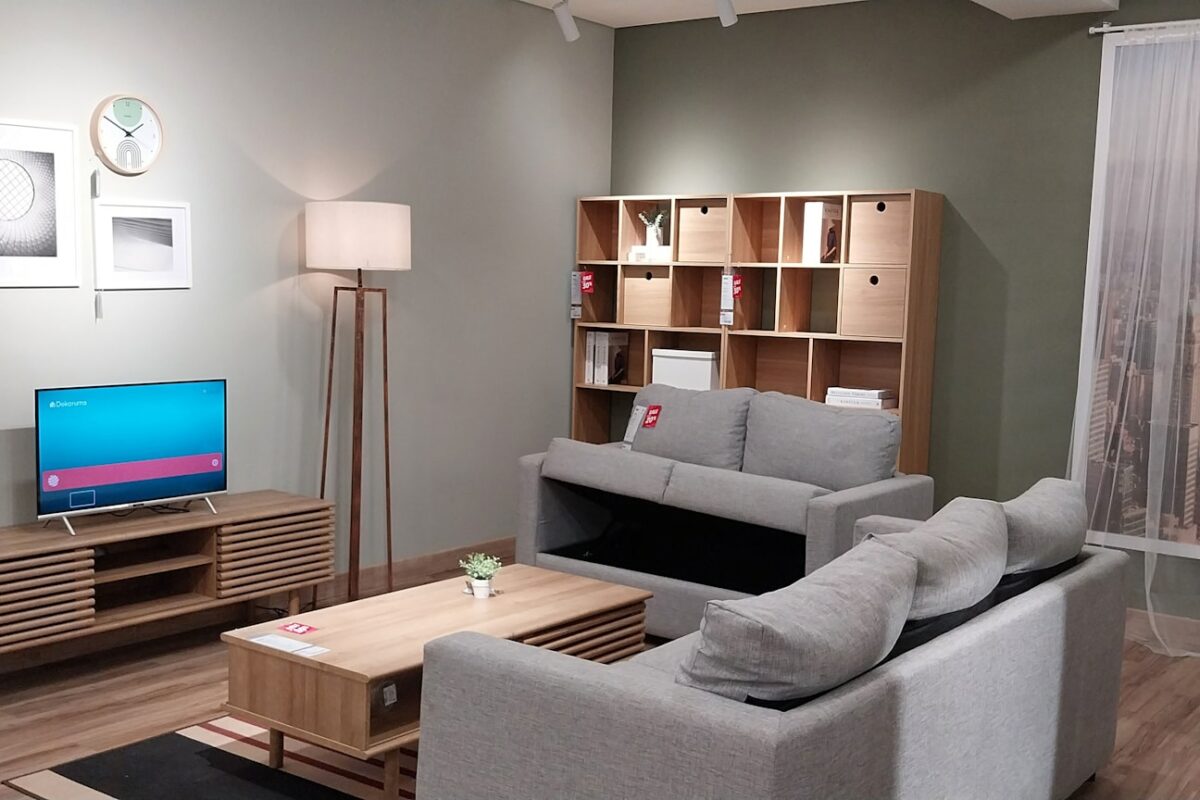Table of Contents
- Choose Colors that Reflect Your Personality
- Dramatic Accent Walls
- Ceiling Makeover
- Incorporate Interesting Textures
- Environmental Considerations
- DIY vs. Professional Painting
- Planning and Budget
- Maintenance and Care
Choose Colors that Reflect Your Personality
Selecting the right colors is one of the first steps in any interior painting project. It’s essential to pick shades that complement your home’s architecture and reflect your style. The hues you decide on can significantly affect the atmosphere of your home. Colors can dramatically influence mood, behavior, and even productivity. A good example is how blue can create a feeling of tranquility, while yellow can inspire creativity and joy. Hence, the appropriate color scheme is essential for establishing a cozy, welcoming ambiance that aligns with your lifestyle.
Consulting professional interior painters can be valuable for those who find it challenging to choose suitable colors. These experts are well-versed in the latest trends and can offer insights into which shades are currently popular and timeless classics that will always stay in style.
Dramatic Accent Walls
Accent walls can transform a room’s look without necessitating a full repaint. Dedicating one wall to a bold color or unique pattern allows you to make a significant change with minimal effort and expense. This technique provides a focal point and adds depth to the room. A popular trend involves using darker shades on one wall to create depth and interest while keeping the other walls neutral. It makes a balanced look and ensures that the bold wall does not overwhelm the space. You want the accent wall to stand out but not clash with the other elements in the space. Bold colors can add a dramatic flair. Patterns can also be used effectively on accent walls. Geometric shapes, stripes, or a feature mural can turn a bland wall into an eye-catching masterpiece.
Ceiling Makeover
The upper surface of a room is commonly known as the “fifth wall” and can also be enhanced with a new layer of paint. Using light colors on the ceiling can create a sense of airiness and openness in a room, which is perfect for smaller or lower ceilings. Conversely, darker hues can add a cozy, intimate vibe, ideal for bedrooms or living spaces where you want to create a snug, comforting environment.
In addition to color, consider incorporating subtle patterns or textures to make your ceiling a point of interest. Techniques such as using stencils, adding beams, or applying a faux finish can add a sophisticated touch. A well-thought-out ceiling design can elevate the room’s overall aesthetic, making it feel unique and personalized.
Incorporate Interesting Textures
Techniques like sponging, rag rolling, and stenciling can offer a unique, textured appearance that stands out. Textured paints and finishes can provide a tactile and visual dimension to your interiors, making rooms feel more engaging. It can be especially effective in otherwise monochromatic rooms, adding an element of surprise and luxury. Textures can vary from subtle to dramatic. Consider using a glaze to create a soft, shimmery effect for a more understated look. For a bolder statement, employ techniques like troweling to create a three-dimensional effect. Textured walls look exciting and can also help hide imperfections, making them a practical choice for older homes with less-than-perfect walls.
Environmental Considerations
When choosing paints, consider eco-friendly options to minimize environmental impact. Low-VOC (Volatile Organic Compounds) and non-toxic paints are better for the environment and healthier for your household. Eco-friendly paints have improved in quality and variety. You no longer have to sacrifice color choice or durability to make a green choice. Many eco-friendly paints offer a wide range of vibrant colors designed to be long-lasting, ensuring your walls remain beautiful for years. Also, choosing sustainable painting materials helps promote a healthier planet for future generations.
DIY vs. Professional Painting
Deciding between a DIY approach and hiring a professional can be challenging. While DIY projects can save money and offer a sense of accomplishment, professionals bring expertise and efficiency that can be invaluable, especially for larger projects or intricate designs. A professional painting service can ensure the job is done correctly the first time, saving you time and potential frustration. For DIY enthusiasts, plenty of resources are available to guide you through the process. Online tutorials, blogs, and DIY guides can provide step-by-step instructions and tips to achieve a professional-looking finish. Sometimes, investing in professional help can be more cost-effective in the long run, particularly if you need to purchase specialized equipment or if mistakes require costly corrections.
Planning and Budget
Proper planning and budgeting are crucial for any interior painting project. Start by estimating the necessary materials and labor costs. Consider extra costs like fixing walls, buying primer, and essential tools. A clear budget helps avoid surprises and ensures the project is completed within the expected timeframe. Creating a detailed project plan can help you stay organized and on track. Divide the project into achievable tasks and establish practical timelines for each one. This approach keeps you focused and allows for adjustments if unforeseen issues arise.
Maintenance and Care
After completing your painting project, maintenance is critical to preserving the new look. Regular cleaning with appropriate products can extend the life of your paint job. Mild soap and water are usually sufficient for most painted surfaces, but using non-abrasive materials is essential to avoid damaging the paint. Furthermore, timely repairs of scratches or chips can help prevent additional harm and maintain the fresh appearance of your walls. Keep a small amount of leftover paint to address minor imperfections as they occur quickly.




